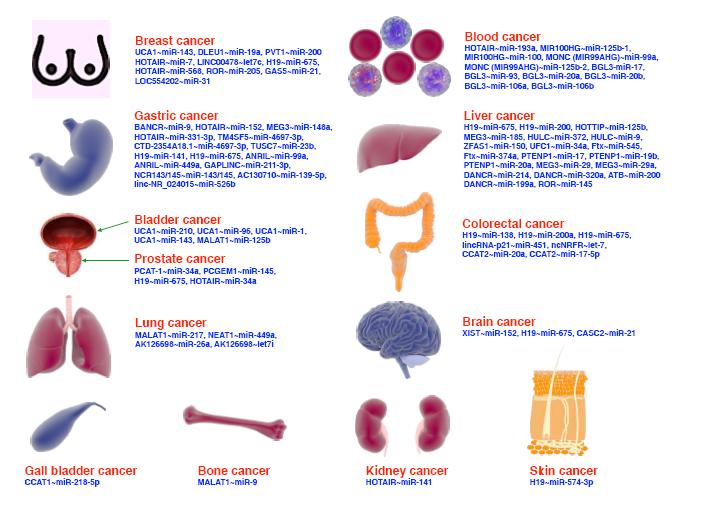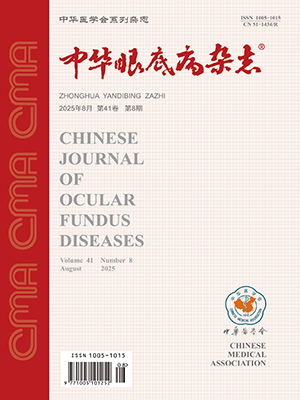Objective To observe the changes in physical properties of silicone oil after intraocular tamponade.
Methods The silicone oil was removed from 99 patients (99 eyes) of primary retinal detachment with 23G vitreous cutter system. The upper silicone oil was collected after put the vitrectomy samples at room temperature for 3 days. According to the time of intraocular tamponade, the silicone oil samples were divide into six groups including group A (1 month, 12 samples), group B (2 months, 15 samples), group C (3 months, 25 samples), group D (6 months, 22 samples), group E (1-2 years, 13 samples) and group F (above 2 years, 12 sample). Fresh unused silicone oil was set as blank control group. Then the emulsion particles, kinematic viscosity, surface tension, density, transmittance and refractive index were measured.
Results The difference between group A-F and the control was statistical significant (P<0.05) in emulsion particles (F=89.337), kinematic viscosity (F=10.660), surface tension (F=11.810), density (F=13.497), transmittance of wavelengths (F=455.496, 566.105, 525.102, 767.573, 622.961, 601.539), but not statistical significant at refractive index (F=2.936, P>0.05). The number of silicone oil emulsion particles has no statistical difference between group A and the control (P>0.05), but was significantly different between group B-F (P<0.05). The kinematic viscosity of silicone oil has no statistical difference between group A, B and the control (P>0.05), but was significantly different between group C-F (P<0.05). The surface tension of silicone oil has no statistical difference between group A-D and the control (P>0.05), but is significantly different between group E and F (P<0.05). The density of silicone oil has no statistical difference between group A-D and the control (P>0.05), but was significantly different between group E and F (P<0.05). The transmittance of silicone oil has statistical difference between group A-F and the control(P<0.05). The refractive index of silicone oil has no statistical difference between all the groups and the controls significantly (P>0.05).
Conclusions The physical properties of silicone oil will change during the intraocular tamponade. The emulsion particles number will increase and the transmittance will decrease after 2 months, the kinematic viscosity of silicone oil will decrease significantly after 3 months, and the density and surface tension will change significantly after 1 year of tamponade.
Citation:
YinXue, DuLei, MeiHaifeng. The changes in physical properties of silicone oil after intraocular tamponade. Chinese Journal of Ocular Fundus Diseases, 2015, 31(4): 359-362. doi: 10.3760/cma.j.issn.1005-1015.2015.04.012
Copy
Copyright © the editorial department of Chinese Journal of Ocular Fundus Diseases of West China Medical Publisher. All rights reserved
| 1. |
Kleinberg TT, Tzekov RT, Stein L, et al. Vitreous substitutes: a comprehensive review[J]. Surv Ophthalmol,2011,56(4):300-323.
|
| 2. |
Kampik A, Höing C, Heidenkummer H. Problems and timing in the removal of silicons oil[J]. Retina,1992,12(3):11-16.
|
| 3. |
Sekundo W, Hesse L, Schmidt J, et al. Histopathology of 8 corneal buttons after penetrating keratoplasty in silicone oil-associated keratopathy[J]. Klin Monatsbl Augenheilkd, 2001,218(6):424-428.
|
| 4. |
Colthurst MJ, Williams RL, Hiscott PS, et al. Biomaterials used in the posterior segment of the eye[J]. Biomaterials,2000,21(7):649-665.
|
| 5. |
Bartov E, Pennarola F, Savion N, et al. A quantitative in vitro model for silicone oil emulsification: role of blood constituents[J]. Retina,1992,12(3):23-27.
|
| 6. |
Heidenkummer H, Kampik A, Thierfelder S. Emulsification of silicone oils with specific physicochemical characteristics[J]. Graefe's Arch Clin Exp Ophthalmol,1991,229(1):88-94.
|
| 7. |
Miyamoto K, Khosrof S, Bursell S, et al. Prevention of leukostasis and vascular leakage in streptozotocin-induced diabetic retinopathy via intercellular adhesion molecule-1 inhibition[J]. Proc Natl Acad Sci USA,1999,96(19):10836-10841.
|
- 1. Kleinberg TT, Tzekov RT, Stein L, et al. Vitreous substitutes: a comprehensive review[J]. Surv Ophthalmol,2011,56(4):300-323.
- 2. Kampik A, Höing C, Heidenkummer H. Problems and timing in the removal of silicons oil[J]. Retina,1992,12(3):11-16.
- 3. Sekundo W, Hesse L, Schmidt J, et al. Histopathology of 8 corneal buttons after penetrating keratoplasty in silicone oil-associated keratopathy[J]. Klin Monatsbl Augenheilkd, 2001,218(6):424-428.
- 4. Colthurst MJ, Williams RL, Hiscott PS, et al. Biomaterials used in the posterior segment of the eye[J]. Biomaterials,2000,21(7):649-665.
- 5. Bartov E, Pennarola F, Savion N, et al. A quantitative in vitro model for silicone oil emulsification: role of blood constituents[J]. Retina,1992,12(3):23-27.
- 6. Heidenkummer H, Kampik A, Thierfelder S. Emulsification of silicone oils with specific physicochemical characteristics[J]. Graefe's Arch Clin Exp Ophthalmol,1991,229(1):88-94.
- 7. Miyamoto K, Khosrof S, Bursell S, et al. Prevention of leukostasis and vascular leakage in streptozotocin-induced diabetic retinopathy via intercellular adhesion molecule-1 inhibition[J]. Proc Natl Acad Sci USA,1999,96(19):10836-10841.




